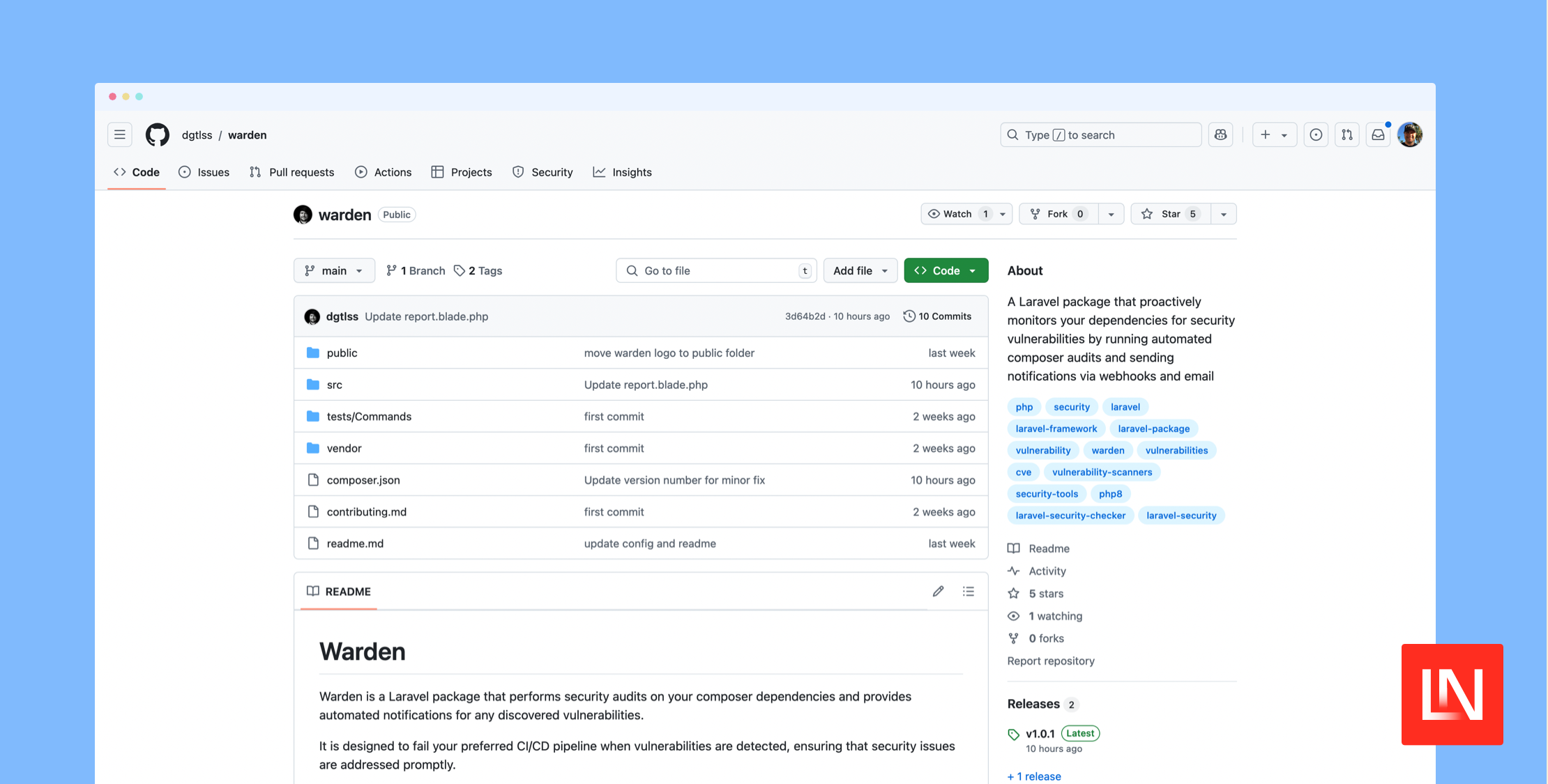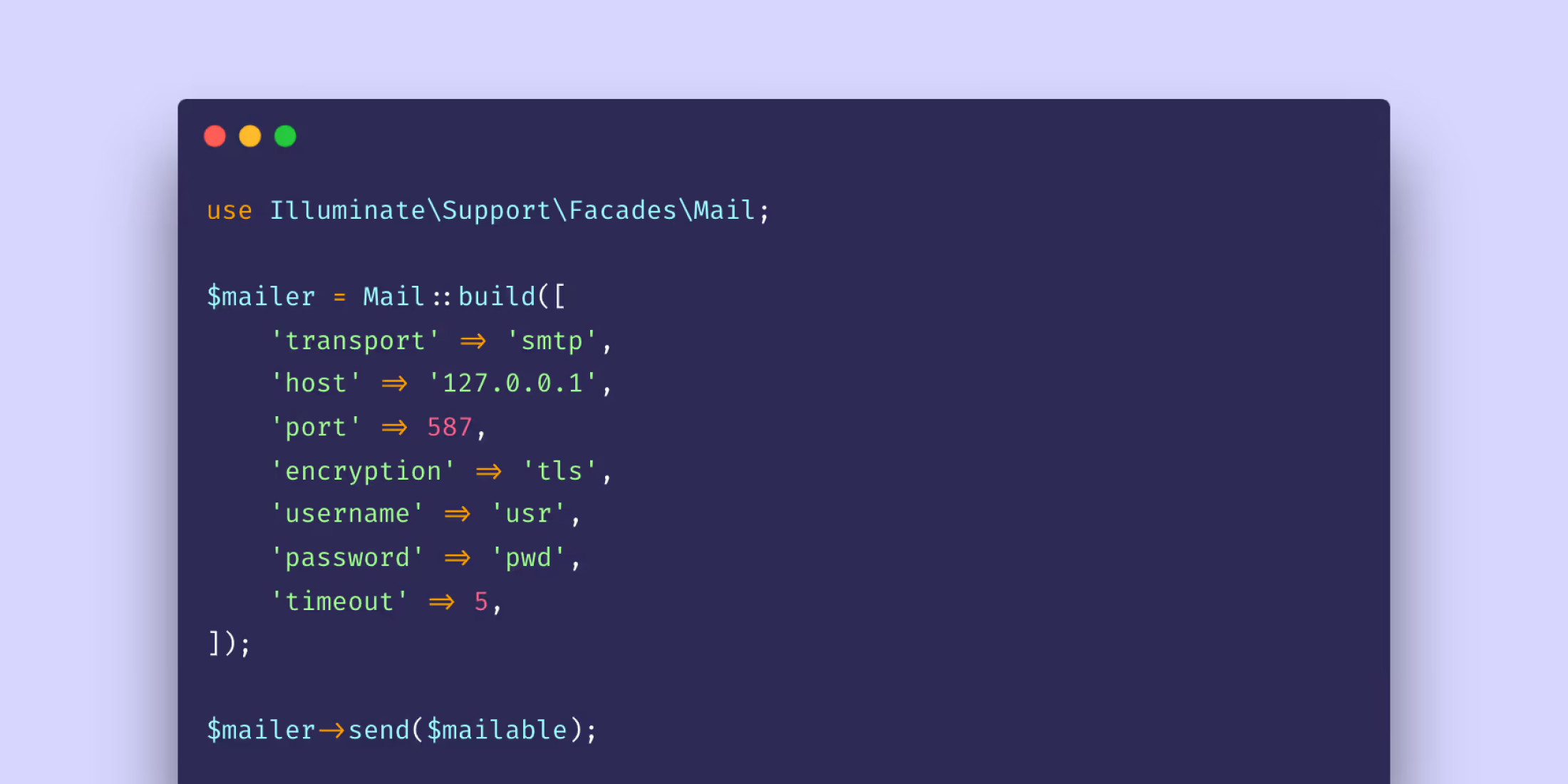As a Laravel developer, you are writing Eloquent queries every day. These queries can be a simple insert of a new record or a complex select with multiple relationships and dependencies. In this article we're looking into the options that Tinkerwell brings to the table to make this process easier for you.
Tinkerwell is a code runner that allows running code within the context of your application without switching to the browser all the time to test your code. When writing Eloquent queries, it allows you to run the query after every additional condition that you add to the query.
Imagine that you run an online community of happy developers that happens to have a message board and a platform for premium video courses. As a task, you want to export all users who own at least one premium course but also use the message board frequently and send them some stickers of your community.
Let's start by writing the Eloquent query on your local development environment, so that there is no risk to break production data. Navigate to the root directory of the project in Tinkerwell and open the application. Tinkerwell will automatically bootstrap your application and import all required classes, so let's start writing the query right away.
Tinkerwell works with any environment. So if you aren't using PHP directly on your system, you can connect to a Docker container, a virtual machine or even Laravel Vapor. When working with remote setups, connect via SSH and you are good to go. Later this summer, Tinkerwell will support Docker on remote environments as well.
User::count()
Now we can see that Tinkerwell has booted the app and it returns how many users we have. Let's filter them for all users who have at least one order in the database.
use App\Models\User; User::whereHas('orders')->count()
Before we proceed with filtering, we can use Magic Comments of Tinkerwell, to add inline debug output to our script at runtime without changing the result of the code snippet. We can use //? at the end of a line to output the result of this line or do an inline function call with the /*?->*/ syntax.
use App\Models\User; User::whereHas("orders") /*?->count()*/ ->whereHas("posts") ->count(); //?
This verifies that our query works and displays how many users are left after every step.
In the next step, we're filtering the results and only include users who did not get swag in the past. On the model level, the swag column is a datetime so that we can see when they got their last delivery.
use App\Models\User; User::whereNull('swag') ->whereHas("orders") /*?->count()*/ ->whereHas("posts") ->count(); //?
Tinkerwell makes exporting of data to a CSV file pretty simple with the Table Mode. As long as the result of your code snippet is an array or a collection, you can display it in a table view and use the columns in the UI to sort the results.
In our example, it makes sense to export a list of users with their address and so we grab the address from their last order and map the results to a collection.
use App\Models\User; User::whereNull("swag") ->whereHas("orders") ->whereHas("posts") ->get() ->map(function ($user) { $currentAddress = $user->orders()->latest()->first(); return [ "name" => $user->name, "street" => $currentAddress->address, "city" => $currentAddress->city, "postcode" => $currentAddress->postcode, "country" => $currentAddress->country ]; });
This is the final list for our swag team and we can create an export without changing our application at all.
After we've exported the users, we'll use Tinkerwell to update them and set their latest swag delivery date to now().
use App\Models\User; User::whereNull("swag") ->whereHas("orders") ->whereHas("posts") ->update([ 'swag' => now() ])
After verifying that our scripts worked as expected, we can either move to run them on production directly or decide to save them as snippets first. Tinkerwell supports local snippets that you save and manage within Tinkerwell and that you can open from the Command Palette by pressing Shift + Ctrl/Cmd + P and searching for the label of the snippet or shared snippets. You can share a snippet by saving it to a .tinkerwell/snippet directory within your project and Tinkerwell loads it automatically when you connect to the application.
To run the code on your production environment and actually exporting a customer list, you can use the SSH connection manager of Tinkerwell to add a remote environment for the application. If you use Laravel Vapor, simply select the Vapor option in the sidebar and choose your production environment.
Tinkerwell makes tasks like this super easy and when you start using it regularly, you'll find dozens of other scenarios where Tinkerwell speeds up your workflow and makes coding even more enjoyable. You can simply use Laravel helpers to generate UUIDs or slugs, dispatch jobs or play around with APIs via the HTTP facade.
When you have a Tinkerwell license, you can expect monthly updates with improvements, bug fixes and new features. In the last 12 months, Tinkerwell got more than 25 updates and these updates included shared snippets, new themes, Collision support and much more.
If you don't have a Tinkerwell license yet, you can click here and use the code LARAVEL-NEWS during the checkout and get Tinkerwell with a 10% discount this week.

Eric is the creator of Laravel News and has been covering Laravel since 2012.











